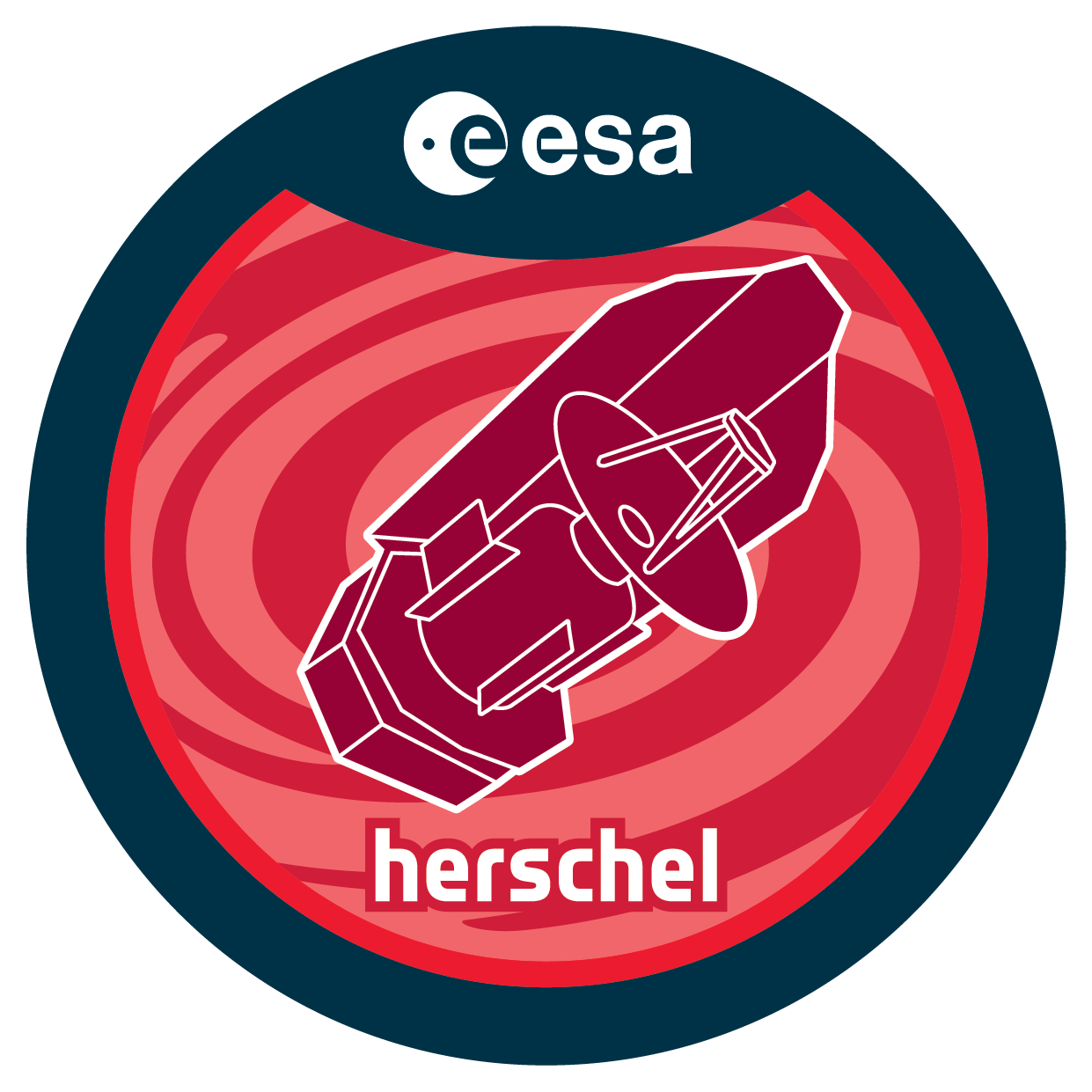

| Name | OT2_mlehnert_2 |
| Title | The Nature of Star-formation in Halos: HI Bridges and Streams in the MW and the M81/M82 group |
| URL | http://archives.esac.esa.int/hsa/whsa-tap-server/data?retrieval_type=OBSERVATION&observation_id=1342269459&instrument_name=PACS&product_level=LEVEL0&compress=true |
| DOI | https://doi.org/10.5270/esa-88ywt56 |
| Author | lehnert, m. |
| Description | We have now reached a relatively mature understanding of the physicalprocesses that regulate the ISM in galaxies, but we are woefully ignorantof the details of the cycles between gas in and outside of galaxies. Thisis unfortunate because understanding the gas physics in a wide varietyof environments is the key to determining the r^ance of the physicalmechanisms that have been invoked for driving galaxy evolution --from the feeding of star formation through accretion of cold gas to theregulation of star formation through the mechanical energy ejected bymassive stars and AGN. To help to overcome our ignorance about the natureof star formation in different environments, in this case in galaxyhalos, we propose to use PACS to observe CII in many selected regionsof the bridges of HI in the nearby group of M81 and in the Magellanicstream, two of the nearest intergalactic gas flows. These regions areexcellent targets for this type of study because it has a wide range ofHI column densities and stars have recently formed in the gas flow betweenits galaxies. In response to the comments of the OT1 panel, the Magellanicstream was added as a foil to the M81 group in that it has scant evidencefor recent star formation. CII is the main coolant and an excellenttracer of the cold neutral medium in galaxies. By combining these datawith dust maps from Spitzer, Herschel, HI and H-alpha observations,we will investigate the mass balance between the warm and cold neutralmedium to constrain the role of turbulence in regulating this balance,which is key to the cooling and fragmentation of gas and to regulatingstar formation. Investigating the nature of star formation in a halo ofa galaxy or group is one of the critical first steps in understandingwhat occurs during the cosmological accretion of gas and thus helpdetermine what processes drive the evolution of the ensemble of galaxies. |
| Publication | |
| Instrument | PACS_PacsLineSpec_large |
| Temporal Coverage | 2013-04-06T17:47:00Z/2013-04-08T07:09:32Z |
| Version | SPG v14.2.0 |
| Mission Description | Herschel was launched on 14 May 2009! It is the fourth cornerstone mission in the ESA science programme. With a 3.5 m Cassegrain telescope it is the largest space telescope ever launched. It is performing photometry and spectroscopy in approximately the 55-671 µm range, bridging the gap between earlier infrared space missions and groundbased facilities. |
| Creator Contact | https://support.cosmos.esa.int/h®erschel/ |
| Date Published | 2013-10-08T05:20:29Z |
| Last Update | 2025-01-24 |
| Keywords | Herschel, HSC, submillimetre, far-infrared, HIFI, PACS, SPIRE |
| Publisher And Registrant | European Space Agency |
| Credit Guidelines | European Space Agency, lehnert et al., 2013, 'The Nature of Star-formation in Halos: HI Bridges and Streams in the MW and the M81/M82 group', SPG v14.2.0, European Space Agency, https://doi.org/10.5270/esa-88ywt56 |